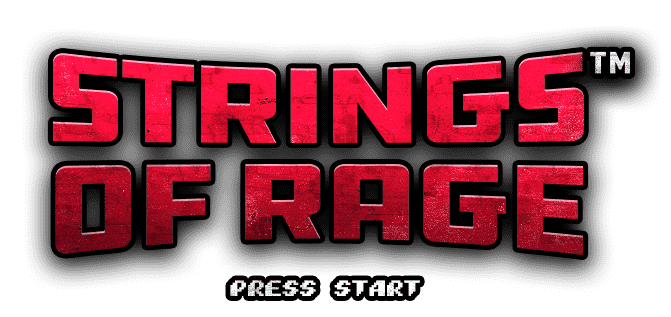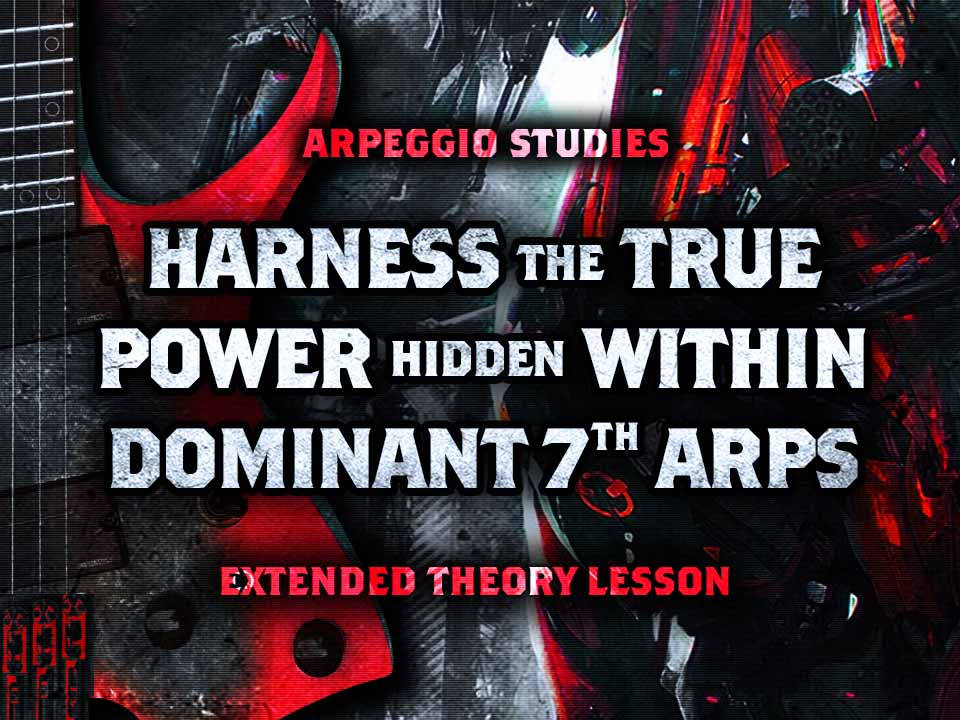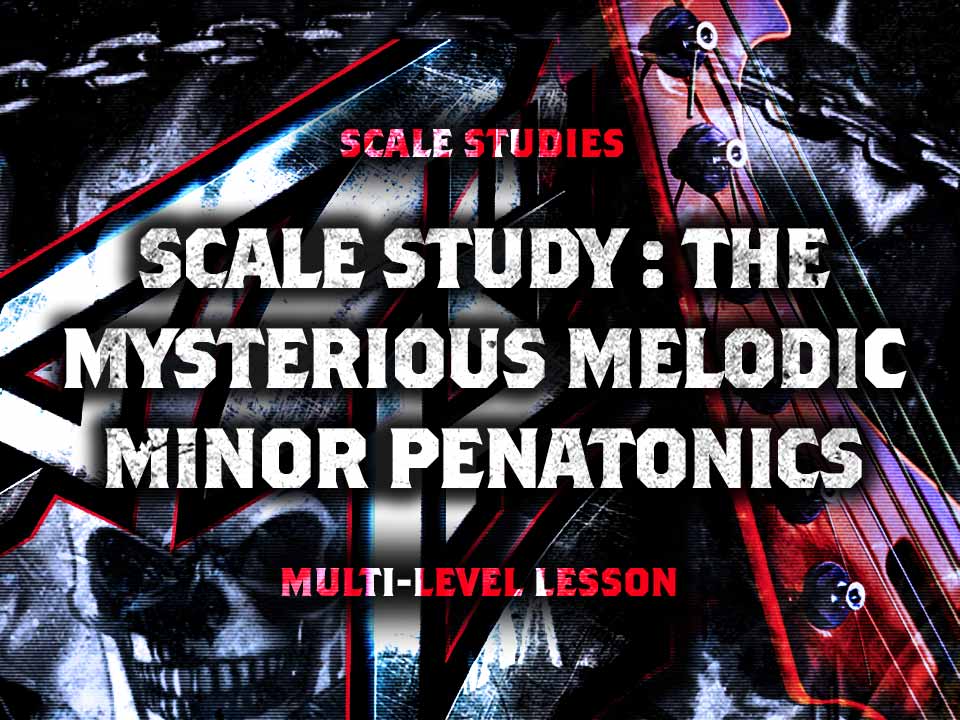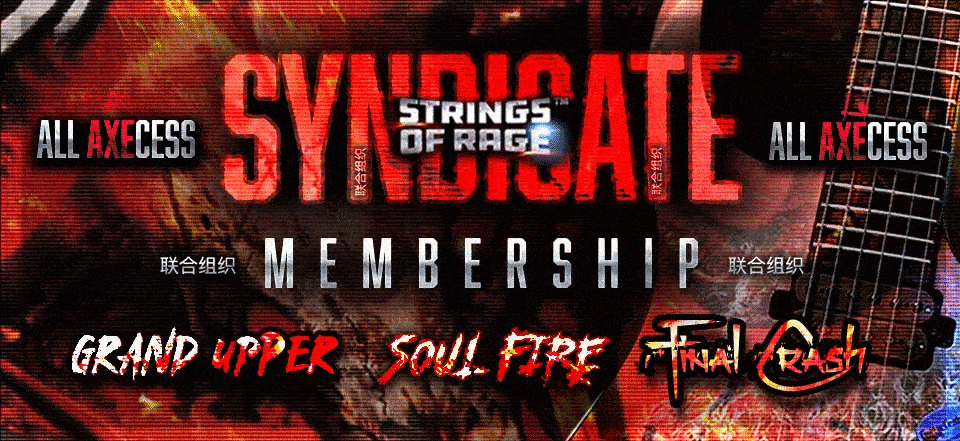High A tuning? What is this mysterious extra high string you speak of? That’s not a proper 8 string guitar! An extra high string? We’ve heard it all. In this lesson we’re going to look at the Melodic Minor Modes using an alternative tuning for 8 string guitar. We’ll also touch on the Pentatonics of Melodic Minor and how to find them within each mode of this scale.
I have a fanned fret guitar with a 26 to 23 inch scale length so my guitar was specifically built for this tuning. While I like low F# 8 string music I’ve never been a fan of playing those guitars myself. For me, a low B or even drop A provides all the low end I could ever need, on top of this, I don’t have a really long scale length and fretboard to deal with.
Going one lower AND one HIGHER made much more sense. To me this unlocks many more possiblities than an additional low string. With a high A string we can now span 4 octaves in a single position, on top of this the chordal possiblities are amazing. Lets get into this lesson and check out the 8 string melodic minor modes.
If you don’t have a ‘High A’ 8 string guitar – you could also take a standard low F# 8 string and drop your G string to F# and then all the examples in this lesson will work out exactly the same. You’ll just be a 4th lower.
Joe & CJ

Contents for This Lesson:
Use these links to jump to the section of interest or start from the top to cover everything.
01: Melodic Minor Theory →
02: Single Position Modes →
03: Extended Modes & Ideas →
Our #1 Influence & Inspiration for Using & Choosing ‘High A’ Extended Range 8 String Guitars
Now it’s important to give credit where credit is due, I need to thank Rusty Cooley for the inspiration to play an 8 string guitar built and tuned this way. Back in 2004 we were completely blown away when we saw him playing his custom conklin sidwinder fanned fret 8 string.
Seeing the way Rusty used it in his band Outworld & the possibilities that an extra high string could unlock was a lightbulb moment and it changed our playing forever. Since then Joe built me my own custom fanned fret 8 string, which we dub, the CJ8. It’s an incredible instrument that you can see in our videos. Anyway, lets get into this lesson!


8 String Melodic Minor Intervals – R, 2, b3, 4, 5, 6, 7
Just with any scale or mode, first and foremost, you need to understand it’s intervals. This will give you an idea of how it’s constructed as well as all the chords and arpeggios that can be derived from it. We will treat each mode as their own scale with their own root notes and interval structures. Learning scales & modes in this way truly allows you to understand each modes unique properties which you can harness in your own playing. If you think of modes, of any scale, as always having the root note of the parent scale you’ll never understand true modal playing.
8 String Melodic Minor Harmony
Harmony, in its most basic form is essentially the forming of chords from the intervals of any scale or mode. Every scale or mode will have it’s own unique harmonic structure which forms the basis of the sound of each mode. The most common melodic minor harmony is as follows, and we’ll use the key of E Melodic Minor for continuity. We’ll then continue using E Melodic minor to demonstrate it’s modes.
E Minor Major 7 – (R, b3, 5, 7)
F# Minor 7 – (R, b3, 5, b7)
G Augmented Major 7 – (R, 3, #5, 7)
A Dominant 7b5 – (R, 3, b5, b7)
B Dominant 7#5 – (R, 3, #5, b7)
C# Minor 7#5 – (R, b3, #5, b7)
D# Augmented 7 – (R, 3, #5, b7)

Basic 3nps Forms for 8 String Guitar
Now we know some Melodic Minor theory lets get into the basic 3nps single position forms. If you can nail these down you’ll be well on the way to taking ideas even further. Just as we did in the Melodic Minor theory section above we’ll look at these in the ‘key’ of E Melodic Minor. If you treat each mode as it’s own scale with it’s own root note, as opposed to the root of the parent scale (in this case, Melodic Minor, ) you’ll get a much better understanding of the unique sonic quality of each mode. This is the goal. If you can do that you can master and harness any sound you want.

8 String Melodic Minor: Extended Linear Ideas
Of course even with an extended range instrument you can still take your scales across the fretboard. Using linear scales on an extended range guitar you can start to cover some serious distance on the neck. Busting out of single position in the next thing to do once you’ve nailed down the single positions.
→ Patrons Can Unlock The Full Lesson Book That Shows All Extended Positions For Each Mode As Well as All The Standard & Advanced Pentatonics →

Melodic Minor: What Else?
Melodic Minor and it’s modes are a bag of tricks, mystery and deception. There is a profusion of things that you can unearth from the melodic minor scale and it’s modes. This is also where knowing these modes all over the neck will really help you out. If you can see the mode over the neck you should then be able to see the chords, arpeggios and pentatonics that you have available to you. Let’s check a few of them out.
8 String Melodic Minor Pentatonic Scales
Heads Up: I’m going to use E Locrian #2 & E Mixolydian b6 for these examples.
Many players often stop at the basic major and minor pentatonic scales and don’t look beyond it. Players often forget that a pentatonic scale is simply any five note scale. So just as you can from the major scale and minor scale, we can also derive pentatonic scales from the modes of melodic minor. These scales yield an incredible sound and we’ve found these to be an inexhaustible source of new ideas.
We’ll show you two examples here – the major b6 pentatonic and minor b5 pentatonic. Just like the standard major and minor scales, you can derive these two from the Mixolydian b6 mode and the Locrian #2 mode.

Extended Forms of Melodic Minor Pentatonics
Here are some super cool ways to take the Melodic Minor Pentatonics across the neck using more linear concepts. No one likes to be stuck into single position box shapes so the sooner you can break free from this the more exotic your playing will become. Here are some examples of how you can take the pentatonics of melodic minor across the neck.

All Axe-Cess for Patrons
All members who join the Strings of Rage Syndicate membership get all access to all of our downloads for this lesson as well as every lesson we’ve posted to date. Patrons can download the scale study book for this lesson which includes all the positions for the extended ideas & concepts we’ve shown you here. For ultimate fretboard mastery using Melodic Minor this book will show you where to find the pentatonics and how to reference different positions across the neck!


More Fretboard Mastery:
If you enjoyed this lesson check out the next stages below – we’ve got loads of cool stuff like this. Patrons can make requests for lessons over on our Patreon Page. Thanks to everyone for your support. Keep Shreddin’













No Comment